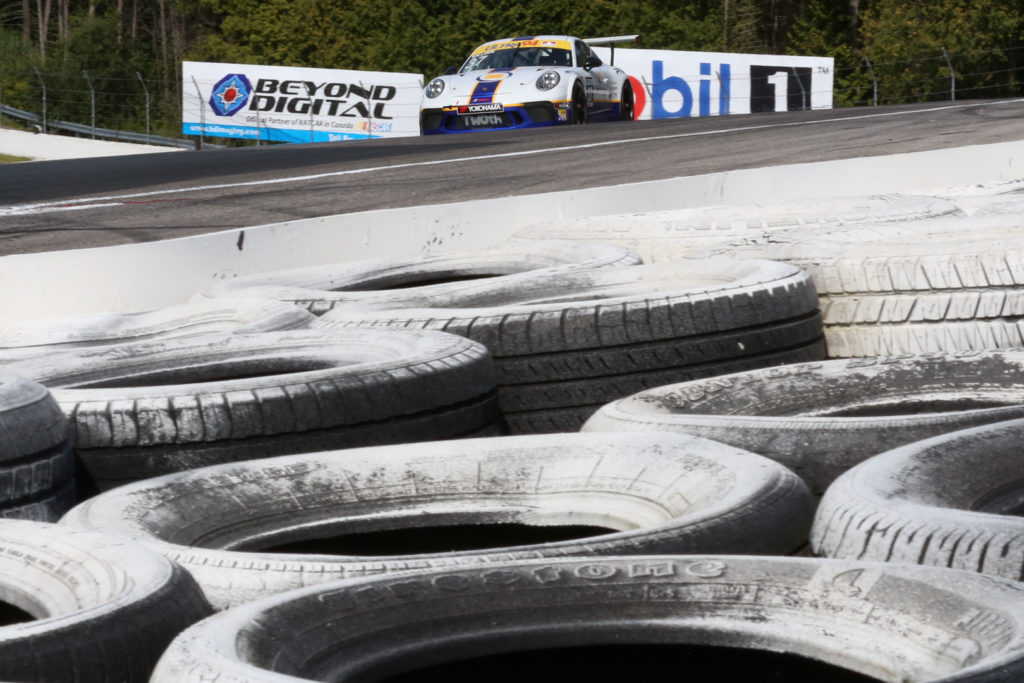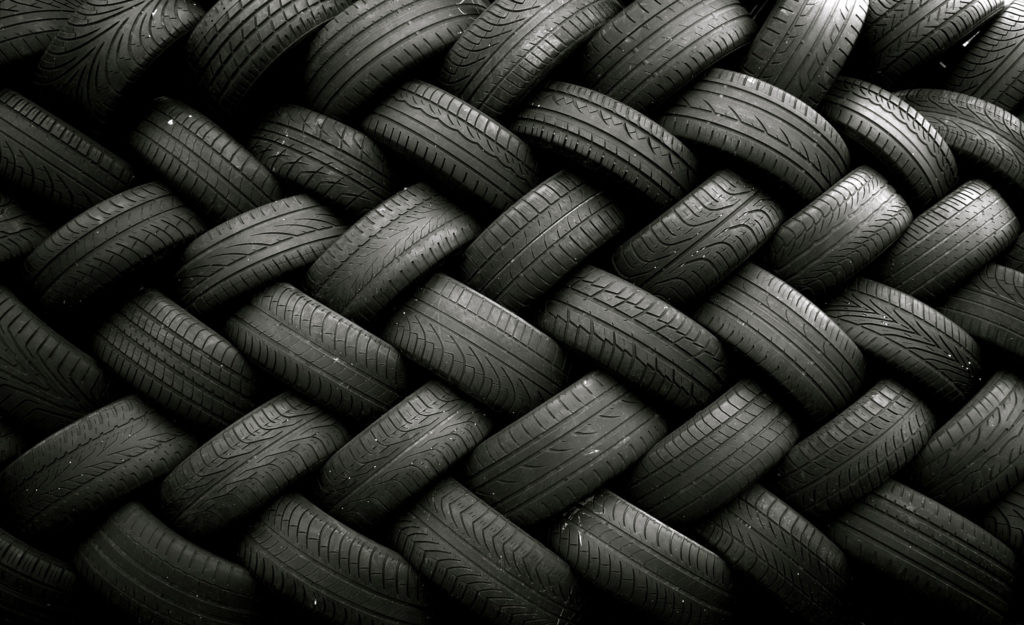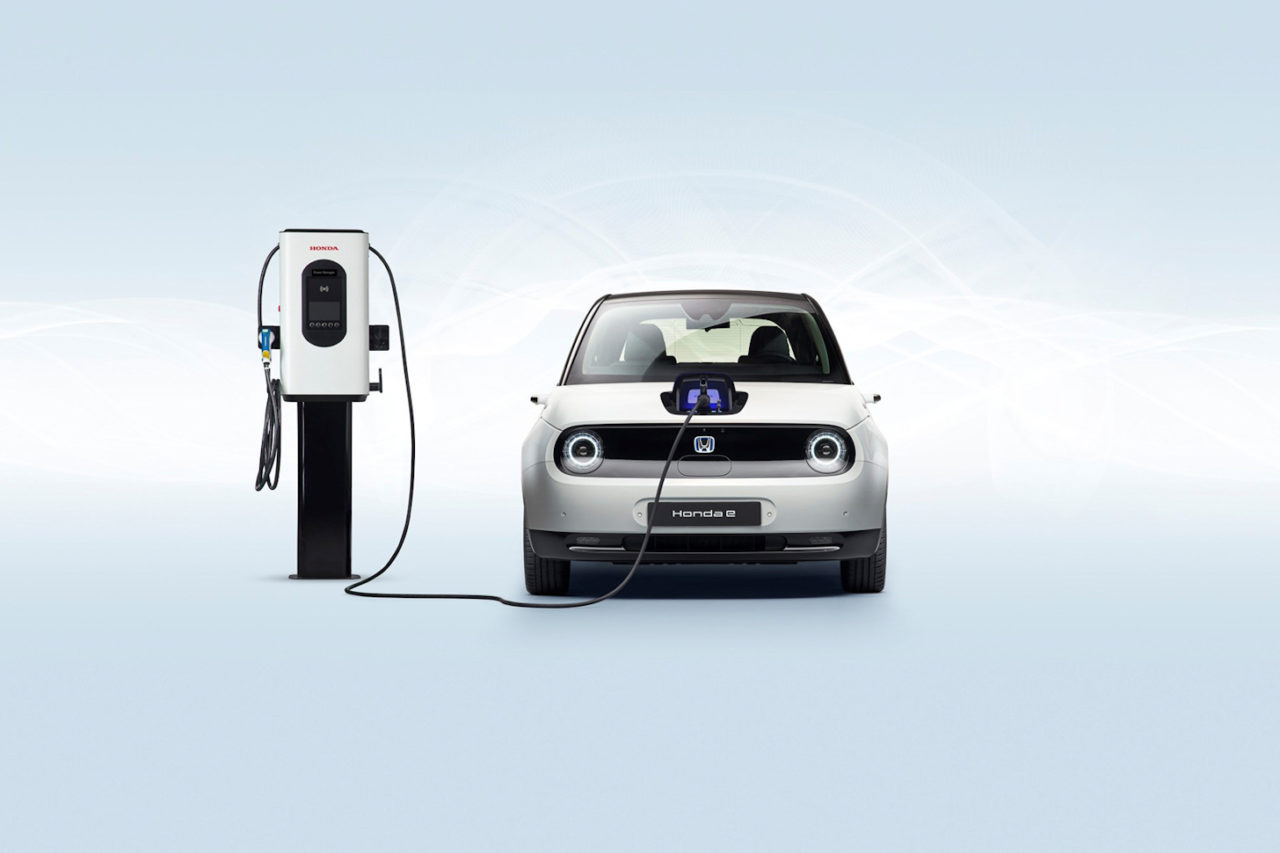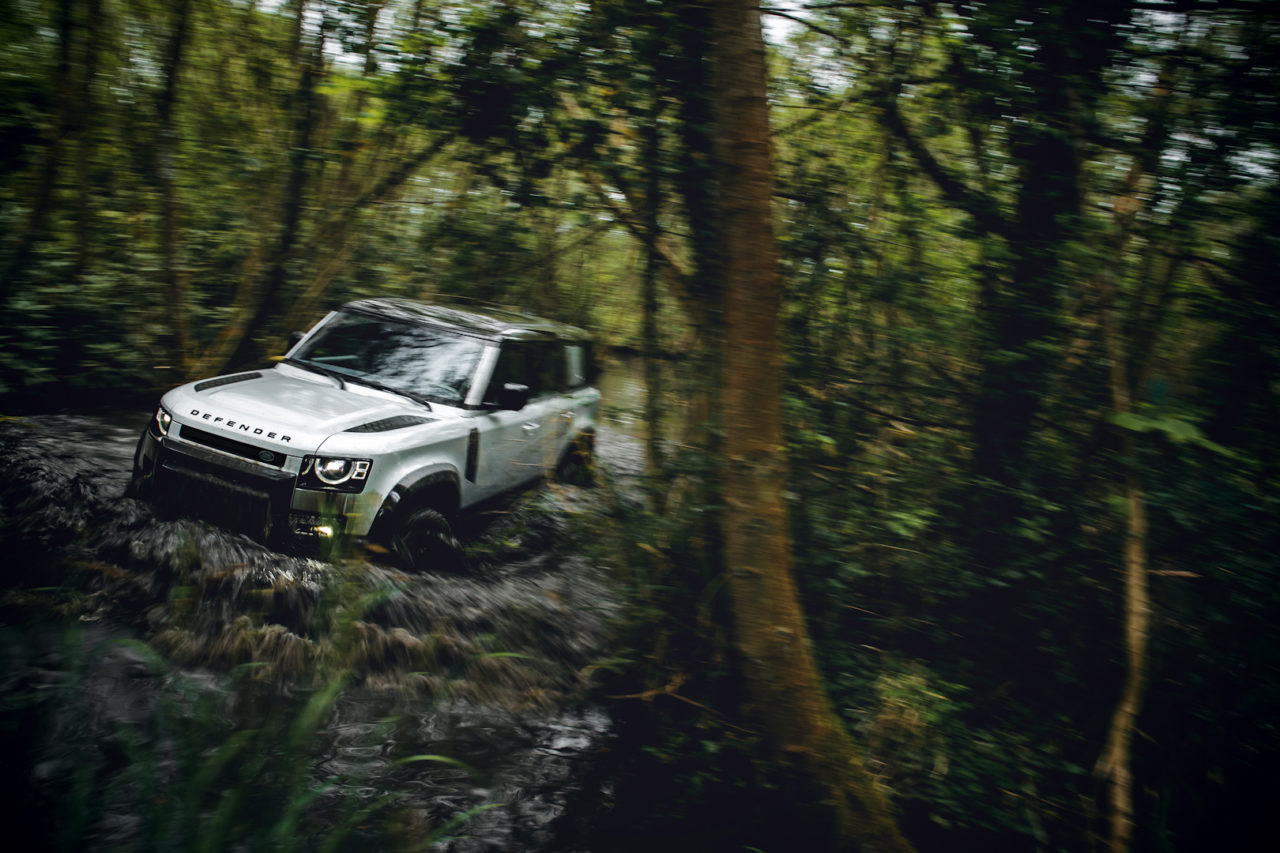Tired of tires yet?
Oh geez, is this going to be another tire review article? ‘I drove the Gumbo X2H5 Extreme Mediocre In Any Season Plus 2. It was really round and makes squeaky noises when I mash down the pedal on the ’Ol non-descript-front-wheel drive Sport Edition.’
I’m afraid not.
How can you do a review without having a stack of different tires to compare with? No stack-o-tires? What you’ve got is… an opinion.
If you do want a good review, and haven’t been living under a bridge burning tires to keep warm, TireRack does an exemplary job. I’m not shilling for the ’Rack here. They don’t even advertise with us. But it’s hard to compete with a reviewer that a) has their own test track, b) sells millions of tires, and c) has a help line that gets calls from an eclectic group of customers that do things to tires you could never imagine.
Car people can be a bit harsh on the general driving public. When an automotive faux pas is made, the Mean Machine gets turned on. Crotchety car guys love to mock the motorist who crashes his AWD into a [enter list of wintertime objects here] because of a lack of snow tires. Okay, maybe a little mockery is fair game in such cases (as long as nobody got hurt). Snow? Snow tires. Not too complicated.
Tires can also be incredibly pressure sensitive. Take my case of the Michelin Pilot Sport 4S. It’s a wonderful tire but I chunked two of them on two different occasions at Mosport. The first time, I got a little over-zealous letting pressure out of my tires while hot. The front left had ballooned to an incredible 44 psi from 35. I released pressure down to 37 psi while the tires were still rather warm. Next driving session after the deflate: Chunk-o-rama! It only took 15 minutes to turn a premium sport tire into fodder for a highway collision barrier. Finally, someone was sensitive enough to add quality material to those crash barriers. Now any car that crashes into my barrier tire will be 19 percent less crumpled. I await my medal.
Subsequent track days on a replacement 4S were fine as long as I kept to the manufacturer’s suggested 35 psi. Then for some reason, thinking that everything not broken needed to be fixed, I dropped a cold front left down to 33.5 psi. Surely 1.5 little bits of pressure couldn’t make a difference? I was surely wrong. Ontario’s bridge abutments are being funded by Rob’s tire experiments.
Tires, unfortunately, are not simple.
The first problem is the talent. According to Engineers Canada, for the 2017 graduating year, mechanical engineers outnumbered chemical engineers 2-to-1. Engine building is cool. Tire building is… a job someone needs to do, right? If you had a chance to meet John Hennessey, founder of Hennessey Performance, or meet some surviving relative of the Thomson clan, whose patriarch, Robert W. Thomson, was the inventor of the first pneumatic tire, who’d you meet? Next to fuel and lubricants, tires are the next most important thing on a car. But you want to meet Hennessey! He makes those loud, obnoxious, “American” style ultra-muscle cars, doesn’t he? Don’t kid yourself. Even a tree-hugging, electro-boring-mobile driver would choose to meet Hennessey. It’s a choice between watching firecrackers or soup boil.
Innovation with tires is more chemistry than art. Think of the designers who have taken cold rolled steel and formed them into dreams. Ian Callum (Jaguar), Harely Earl (GM), Battista Farina (Ferrari), Henrik Fisker (Aston Martin), Marcello Gandini (Lamborghini). The list goes on but it pretty much reads like an Italian phone book. Pirelli, Dunlop, Goodyear, Michelin and their competition need to innovate at the edges of tire tech. “Ah, est-ce rond? Oui! Que diriez-vous de carré? Non!” It’s not that no effort is put into presentation, but the shape is set in stone. No one is getting innovative with octagons.
So, what is a tire designer’s goal? Make something that rolls with almost no resistance until you either need to a) turn, b) stop, or c) park it. I guess this is the part of the article where I tell you latex rubber is a magical substance capable of doing that. The wizard Tireumbledor never leaves home without a pocket full of latex… for magical purposes of course. Actually, rubber has some really great properties, maybe short of magic, but suitable for most things round.
Unlike wood, rubber deforms then reforms (with the help of air) really well. This is great for absorbing bumps and insulating shock from a vehicle. Wood? Deform. That’s it. Back in the days of transporting nitroglycerin in wagons with wooden wheels lined with steel outer rims, there were a lot of dead nitro transport people. Potholes and the nitro wagon? Bad combo. So rubber tires saved countless lives? You could make the argument. Swedish smarty pants Alfred Nobel invented dynamite instead. Even got a Nobel prize, which he also invented. I guess he had to show others how to win the prize so he volunteered himself to win it first. How noble.
Additionally, not only is rubber waterproof, it maintains good adhesion in wet conditions. Back in the days when people actually wore clothes and not some combo of under garments and whatever they got on Amazon for $25 (i.e. casual dress), shoes would come with a choice of rubber or leather soles. Leather – which is softer – made for quieter, more refined footwear. Rubber? How many newbie assassins made it past their first job on rubber soles? Squeaks McGee, on his first ‘job’ was shot three blocks from the target. But in the wet, leather soles were likely the leading cause of spine and head injury. Slip-tee-do-dah-slip-tee-dead.
Of course, simple latex alone isn’t sufficient. Simple latex probably has resulted in an extra two- or three-hundred thousand kids each year. Tire makers combine latex with other substances to create synthetic rubber – a longer lasting and more durable form of rubber. It turns out, for quite a while, one of those substances was oil. Up to 25 litres of it, per tire. You really could run a small oil-producing nation just on used tires. The new plan is to move to what is called the Sustainable Rubber Platform, moving away from oil, and on to something more sustainable. This should help save the profit… er… planet. You know how polar bears can’t stand high oil prices. Good luck tire companies.
Finally, the number one enemy of the tire knowledge bank is the public itself. As complex as tires can be, you’d think selling winter tires would be relatively easy. No complications like tread wear, width, profile, coolest looking logo – just a simple explanation: this sticks a lot better when on snow or ice than non-snow tires.
In the second-best Canadian government decision ever made after getting its constitution back ‘on loan’ from Britain, the government of Quebec made it mandatory for snow tires to be utilized during the winter months. Failing to use snow tires may result in a fine or a reduction in the quantity of maple syrup you can buy. Sorry Aunt Jemima, but that sugar water you call syrup just can’t hold a candle to quality Grade 1 from Quebec.
Newfoundland – whose local moose population appears to be on a homicidal highway rampage – gets a ton of snow, yet snow tires are not mandatory. Then again, you’re literally taking your life in your hands if speeding through parts of the province. With an average of 700 moose-vehicle accidents annually, that’s two a day.
Ontario, the province with the lowest speed limits, which are widely ignored (along with the blocking of intersections, running reds, failing to stop for stop signs, failing to signal when changing lanes, failing to yeild from the fast lane and on and on and unfortunately on), has also failed to implement a snow tire law. A lot of people end up in ditches at Christmas. Let’s hope more Canadians add winter tires to their Christmas list.
It’s now time to roll on as I re-tire from the story of tires.
[Photo credit: Shawn Molnar & perfecttyres.co.uk]





Comment